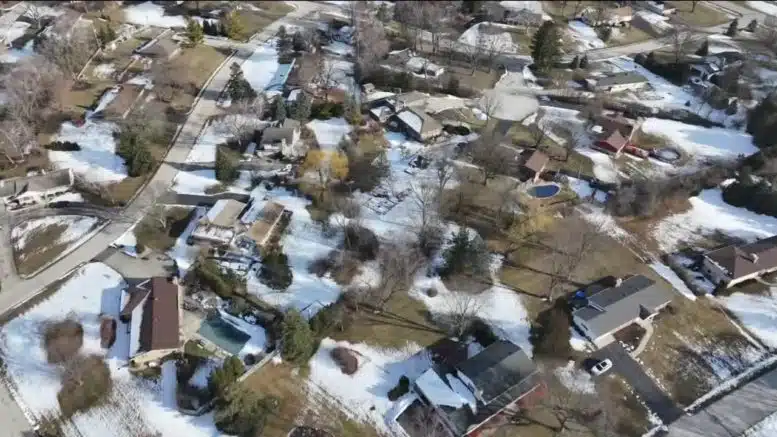Governor Tony Evers sanctioned the enactment of new legislative district maps in a ceremony held at the capitol on Monday. The Republican-dominated legislature passed a bill featuring boundaries devised by the governor to sidestep potential districting decisions by the state Supreme Court, which could have tilted even more favorably toward Democrats.
It is anticipated that approximately a dozen Assembly seats will transition from red to blue-leaning districts under the new maps. While the delineation of legislative districts in the city of Milwaukee remains largely unchanged, notable shifts are evident in the suburbs, particularly in Brookfield.
The 13th Assembly District, historically leaning red in favor of Republicans, undergoes a significant alteration as Brookfield is essentially divided in half, resulting in the northeastern segment of the city assuming a blue hue. Based on the 2022 election outcomes, the 13th District transforms from a 57.5 percent Republican tilt to a 57.5 percent Democratic inclination, a change applauded by some Democrats in Brookfield, including Marj Kozlowski, who emphasizes the importance of fair maps over geographic unity.
Conversely, conservative voters express frustration over the district splitting, fearing it may foster internal competition among Republican candidates. Kathy Gawryleski voices discontent, highlighting the potential for intra-party conflict resulting from divided districts.
UW-Milwaukee professor Matt Petering, an authority on Wisconsin’s legislative maps, notes a noteworthy shift in party preferences in Brookfield, particularly the eastern half, where a marked increase in Democratic-leaning sentiment is observed. He argues that the new maps better reflect recent electoral trends, with Democrats gaining ground in Milwaukee suburbs.
Petering anticipates heightened competitiveness in legislative races, with both the Assembly and Senate poised for closer margins compared to the current Republican majority. He predicts that control of both chambers may be determined by slim margins, underscoring the significance of individual districts in shaping the state’s political landscape.
Regarding the impact on voters residing in Brookfield’s northeastern half, Petering asserts that their representation is likely to mirror the evolving political dynamics of the area, which has witnessed a gradual shift toward Democratic preferences in recent years.
Another notable change highlighted by Petering is Oak Creek’s assembly district, expected to exhibit a slight blue-leaning tendency in the upcoming elections, reflecting broader shifts in political sentiment across Milwaukee suburbs.

